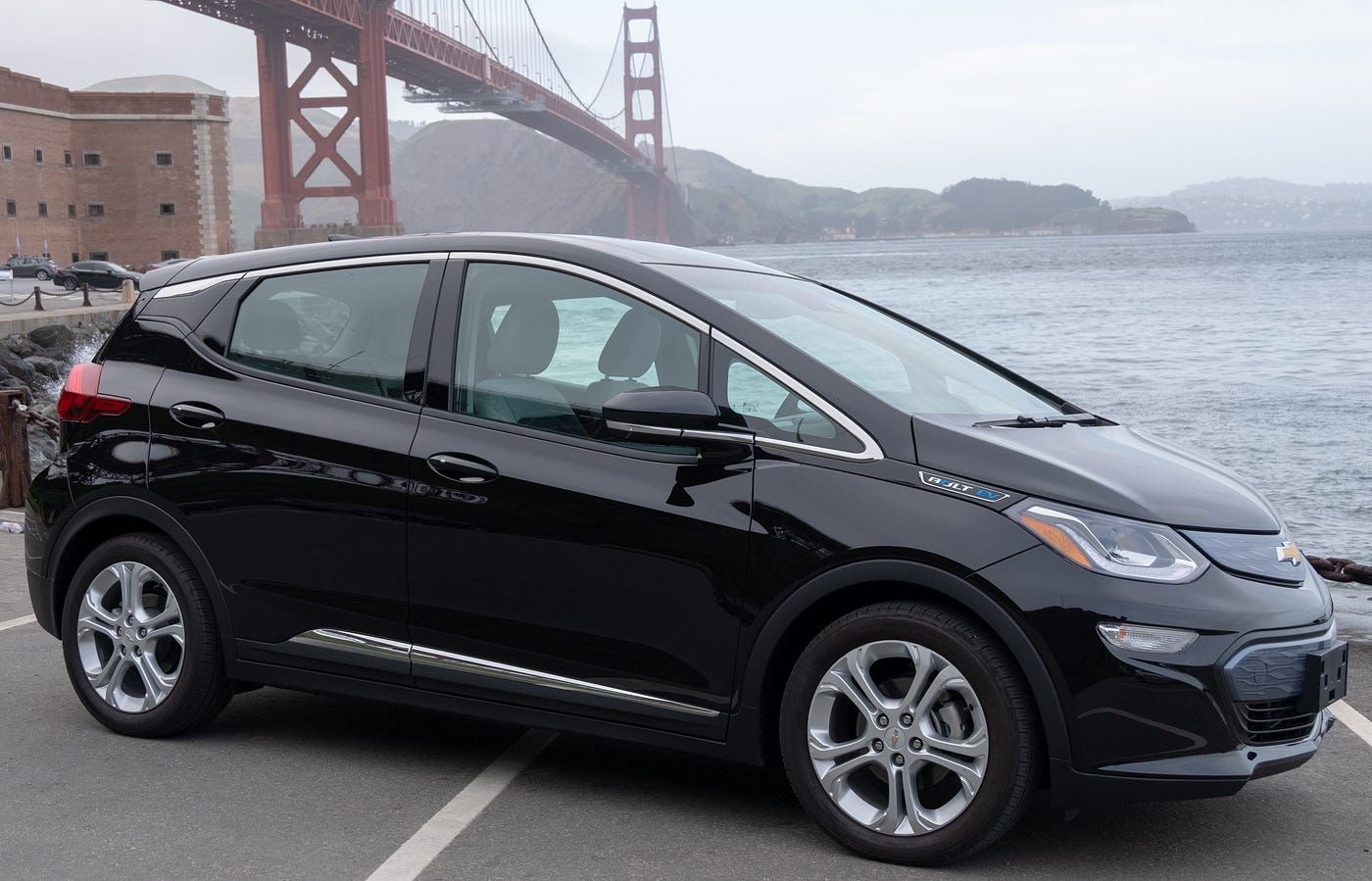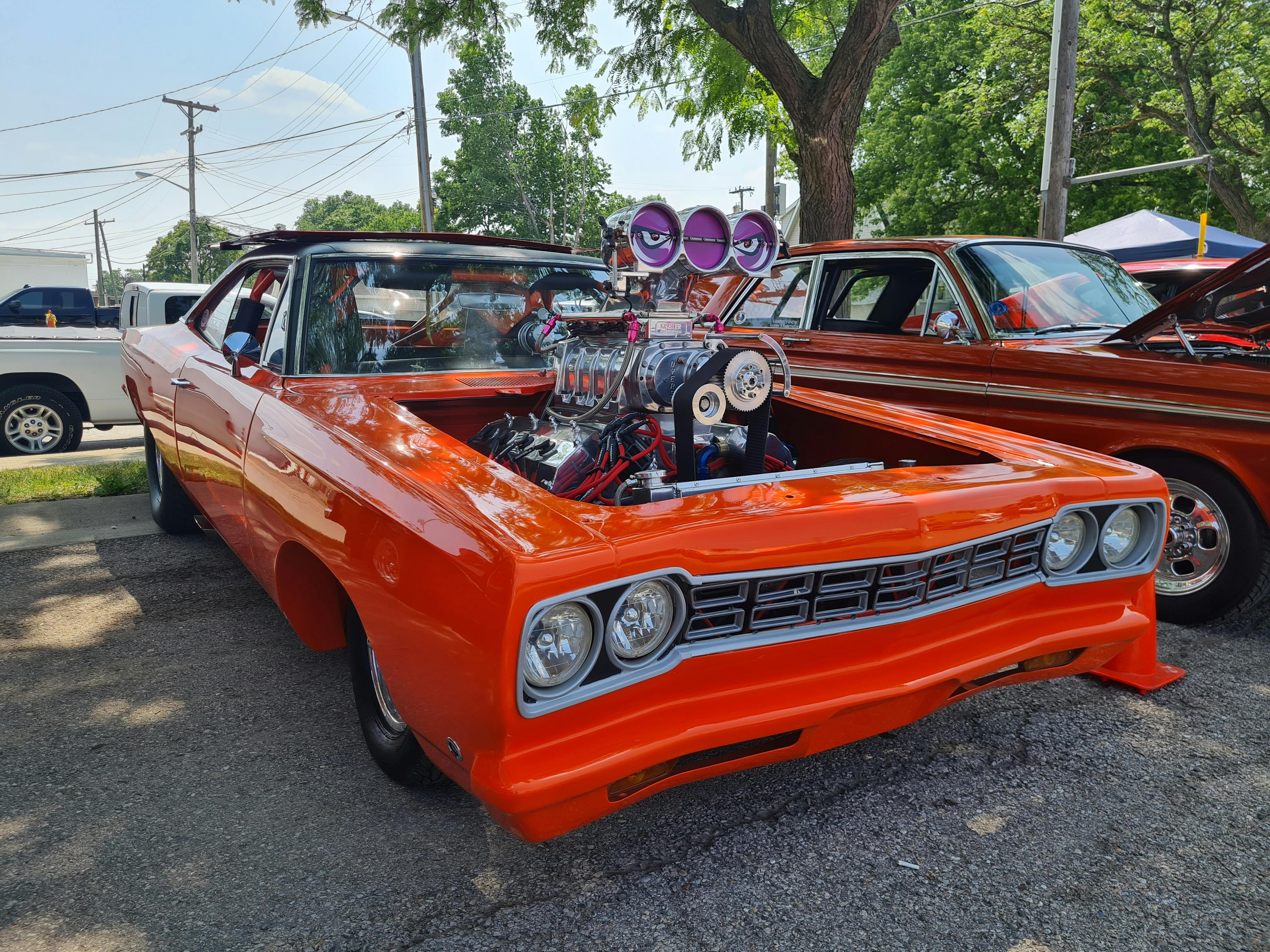
The roar of an untouched V8, the unmistakable gleam of chrome, the sheer mechanical artistry – classic cars represent more than just vehicles; they are rolling pieces of history, embodying generations of craftsmanship, culture, and community pride. For millions of enthusiasts and collectors, these machines are a tangible link to the past, celebrated for their unique aesthetics and engineering prowess. Yet, in an increasingly environmentally conscious world, the preservation of this automotive heritage often clashes with the urgent need for cleaner air and reduced emissions, leading to a complex and often contentious regulatory environment.
This tension has given rise to a fascinating, sometimes frustrating, debate, particularly concerning the emissions laws that directly impact classic car ownership. From legislative battles in state capitals to federal proposals and even international directives, the regulatory landscape is anything but straightforward. Understanding these controversies is crucial for anyone passionate about preserving these mechanical masterpieces while navigating the evolving demands of environmental sustainability.
Here, we delve into some of the most controversial emissions laws and policies that are shaping the destiny of classic cars and their dedicated owners. We’ll start by dissecting the intricate situation in California, a state renowned both for its car culture and its rigorous environmental standards, exploring the legislative attempts, the political mechanisms that often quietly kill bills, and the powerful forces at play.
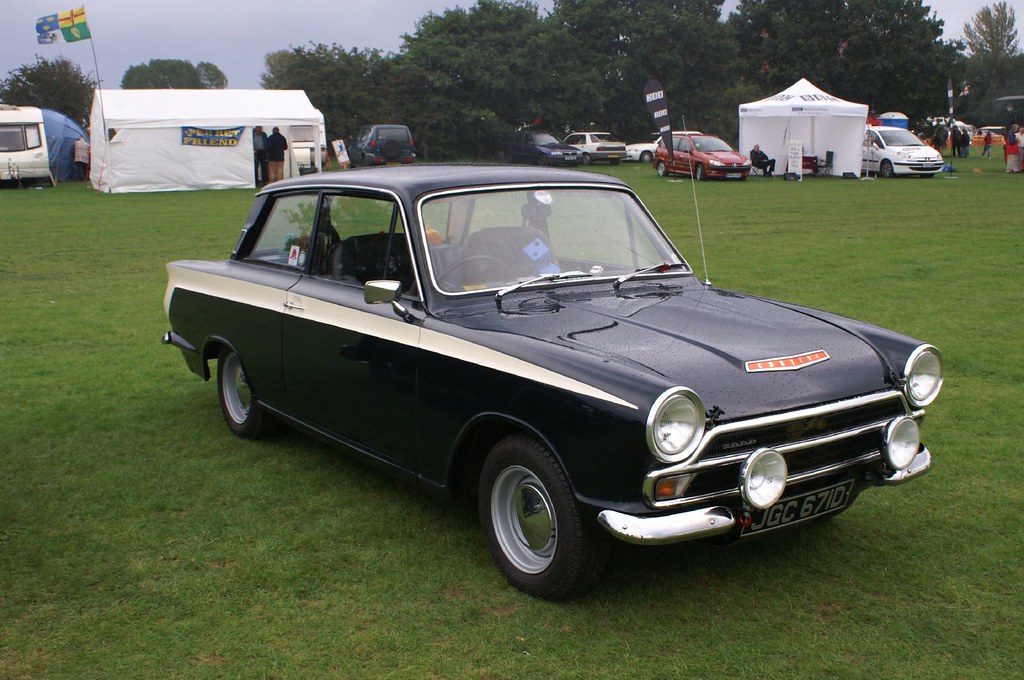
1. **California’s Current Post-1975 Smog Check Requirement**For many classic car owners in California, the biennial smog check is not just a routine maintenance task; it’s a significant and often frustrating hurdle. Under current state law, gasoline, hybrid, and alternative-fuel vehicles model year 1976 and newer are required to undergo a smog check every two years to maintain their registration. This regulation has been a cornerstone of California’s efforts to combat air pollution for decades, yet for classic vehicles, it presents a unique set of challenges and generates considerable controversy.
The core of the issue lies in the design and technology of these older vehicles. Cars manufactured before modern emissions standards were established were simply not built with the sophisticated control systems found in contemporary automobiles. Unlike a modern car, where a smog check is often a quick ‘plug in, get your money – boom – get out’ process, as Jay Leno himself noted, testing a classic car is far more intricate. It often involves specialized equipment, such as a dynamometer, to measure tailpipe emissions, and a deep understanding of older engine mechanics.
This complexity translates directly into increased costs and difficulties for owners. Leno emphasized that smogging an older car is not impossible, but it is ‘tricky,’ ‘takes time and often causes charges four, five, six times more than a regular car.’ Furthermore, many classic car enthusiasts struggle to even find a certified auto shop equipped and knowledgeable enough to properly test their vehicles without inadvertently causing damage or demanding costly, often inauthentic, modifications to meet standards their vehicles were never designed for. The ongoing requirement is thus viewed by many as an unfair burden on a segment of the automotive population that contributes minimally to overall pollution.
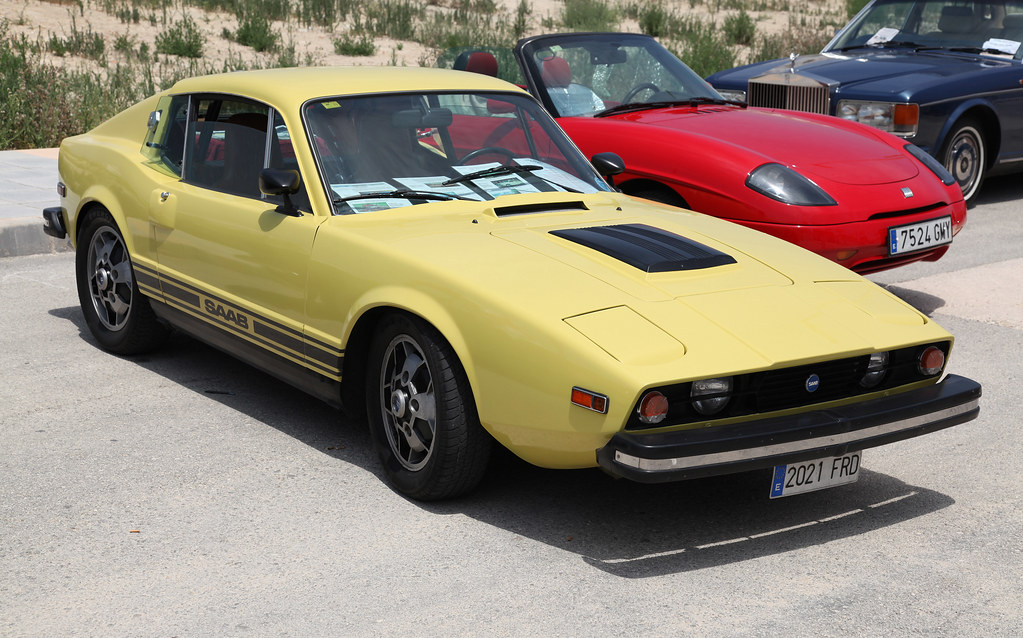
2. **The Demise of “Leno’s Law” (Senate Bill 712)**One of the most recent and highly publicized legislative battles involving classic car emissions in California centered around Senate Bill 712, affectionately dubbed ‘Leno’s Law.’ This proposal aimed to offer a significant reprieve to classic car owners by exempting vehicles manufactured before 1981 from the biennial emissions testing requirement at a certified auto shop. It also sought to exempt them from smog tests at the time of purchase, a measure intended to ease the burden on enthusiasts and preserve the state’s rich car culture.
The bill, introduced by Bakersfield Republican Sen. Shannon Grove, garnered considerable momentum and bipartisan support, initially passing the full Senate with a 12–2 vote through its Appropriations Committee and making it through its only other Assembly committee with only a handful of progressive Democratic lawmakers dissenting. Celebrated comedian and avid classic car collector Jay Leno was a prominent advocate, testifying in Sacramento earlier in the year that current smog requirements were a ‘major barrier to owning one in California.’ He eloquently argued that classic cars are ‘only driven occasionally, not daily, and it makes sense to treat them differently.’
Despite this strong backing from enthusiasts, car clubs across the state, and industry groups like the California Automotive Wholesalers’ Association and SEMA, the bill faced an abrupt end. On a critical Friday hearing, the Assembly Appropriations Committee, led by Democratic Chairperson Assemblymember Buffy Wicks of Oakland, blocked SB 712 from advancing for a full vote. This decision effectively killed the measure, leaving proponents ‘deeply disappointed’ and feeling that California had ‘let down classic car clubs across the state from lowriders, to hot rods and every American classic in between.’ The controversial outcome underscored the potent political and environmental forces at play in California’s legislative process.
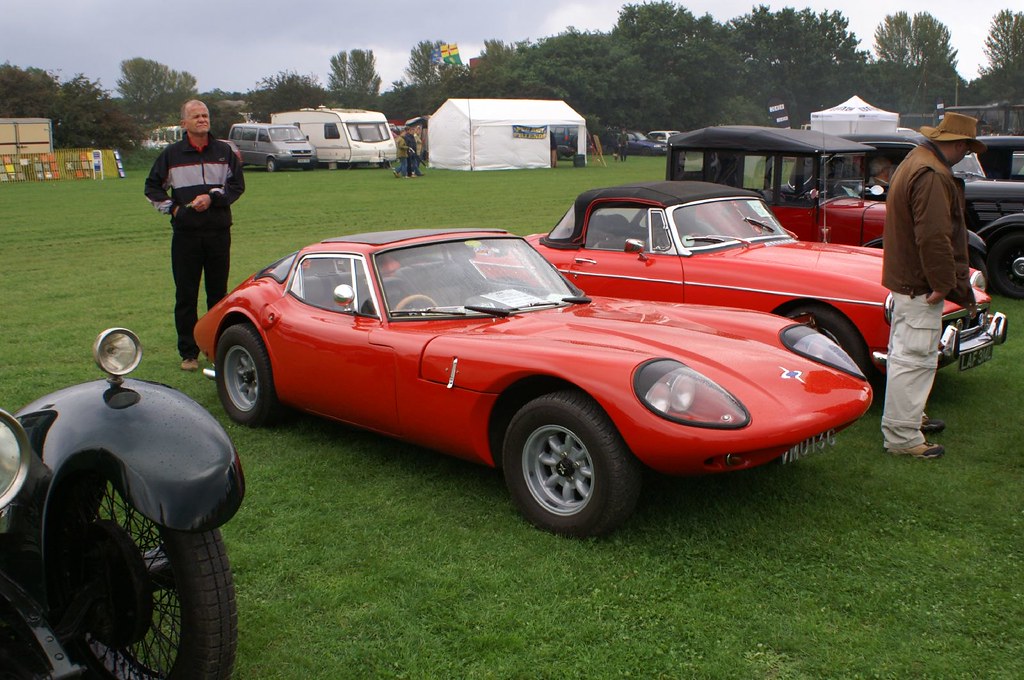
3. **The California Legislative “Suspense File” Mechanism**The manner in which ‘Leno’s Law’ met its demise highlights another controversial aspect of California’s legislative process: the ‘suspense file.’ This legislative tool, employed by both the Senate and Assembly appropriations committees, serves as a gatekeeper for bills proposing to spend taxpayer money. While its stated purpose is financial oversight, it has gained notoriety as a place where ‘hundreds of politically touchy bills die quietly each year with only a few insiders knowing the real reasons.’
On the very Friday that SB 712 was blocked, the Assembly Appropriations Committee announced the fate of 260 other bills placed on its suspense file, with an additional seventy bills also killed without public explanation. This lack of transparency is a significant source of controversy, particularly when bills with broad public and bipartisan support, like Leno’s Law, are suddenly halted. The committee members, including Chairperson Buffy Wicks, offered no immediate reason for killing the bill during the hearing, and when asked afterward, Wicks stated, ‘I’ll have to go back and look. I can’t remember.’
For classic car owners and advocates, the suspense file represents an opaque mechanism that can thwart legislative efforts without clear justification. It creates an environment where the ‘real reasons’ for a bill’s failure remain obscured, leading to frustration and a sense of being unheard. This quiet killing of bills, especially those addressing passionate communities, makes the suspense file a controversial and impactful element of California’s lawmaking landscape, leaving many to wonder about the true drivers behind legislative decisions.
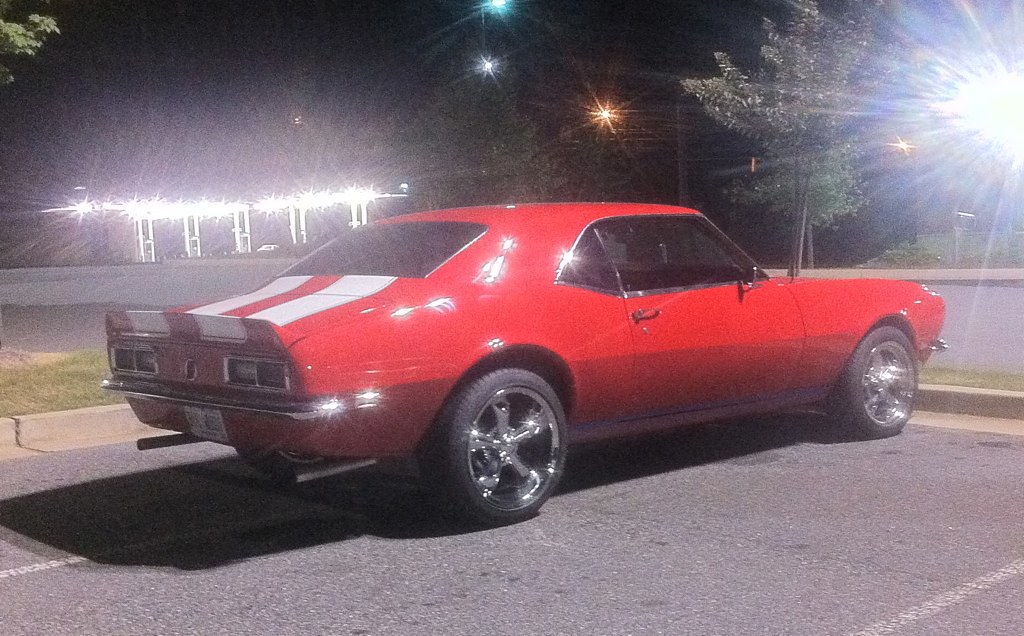
4. **California’s State Budget Constraints and Their Impact**The state of California’s budget constraints emerged as a significant, albeit indirectly stated, reason for the controversial blocking of ‘Leno’s Law.’ While the Assembly Appropriations Committee did not provide a direct explanation for killing SB 712, state officials had warned that the proposal ‘could potentially cost the state money.’ This financial concern was echoed in the broader legislative context, with Assemblymember Buffy Wicks, the committee’s powerful Democratic chairperson, explicitly addressing the state’s fiscal challenges at the start of the hearing.
Wicks emphasized the necessity for the state to ‘rein in costs,’ stating, ‘Obviously, we have an enormous amount of budget constraints still.’ She highlighted the priority of ‘serving our most vulnerable folks in our communities and making sure that we are doing everything we can to put our best foot forward for a strong social safety net.’ In this climate of significant budget deficits, new programs, especially those with upfront costs, faced intense scrutiny or outright rejection, regardless of their other merits or public support.
The potential costs associated with implementing SB 712, such as IT changes and staff training for the DMV to handle a new exemption system, were flagged as major concerns. DMV officials informed lawmakers that these changes couldn’t be absorbed without major funding, making immediate implementation financially unfeasible. This prioritization of budget stability and existing social programs over a measure benefiting classic car owners became a controversial underlying factor in the bill’s demise, sparking debate about where legislative priorities should lie, especially when pitted against preserving cultural heritage.
Read more about: Timeless Machines, Modern Rules: Unpacking the Legality of Classic Cars Lacking Modern Safety Features
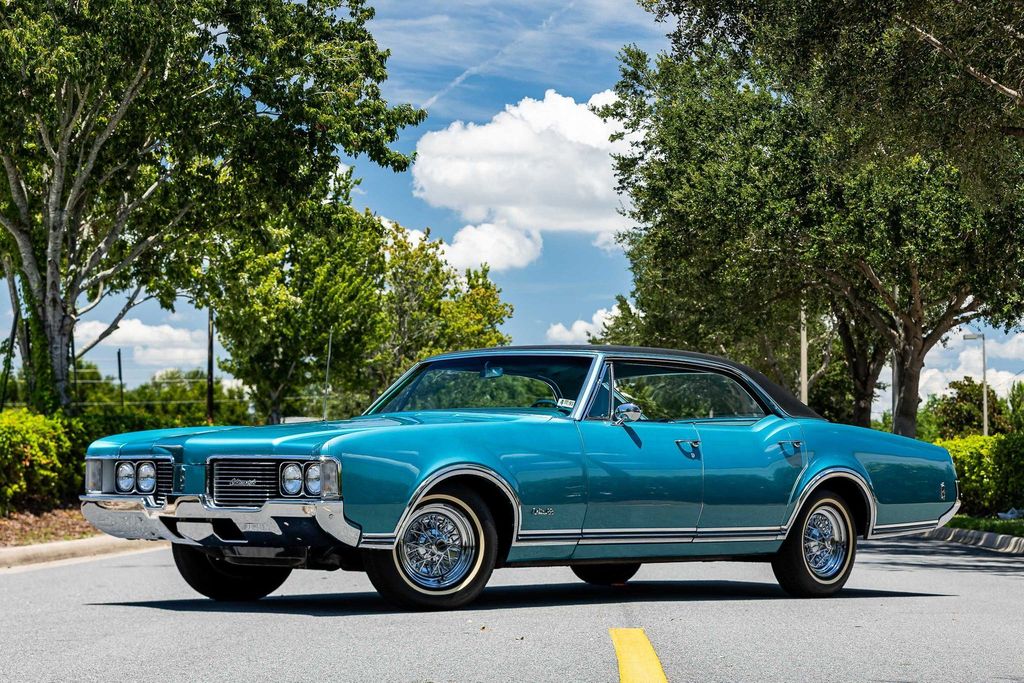
5. **Environmental Organizations’ Opposition to Classic Car Exemptions**The opposition from influential environmental organizations formed a critical and controversial barrier to the passage of ‘Leno’s Law’ and generally stands against any significant rollback of emissions standards for classic vehicles. Groups such as the American Lung Association, clean air and environmental advocates, the Bay Area Air Quality Management District, and the California Air Pollution Control Officers Association actively opposed SB 712. Their stance is rooted in a fundamental commitment to comprehensive air quality improvement and combating climate change.
These organizations consistently argue that all vehicles, regardless of age or frequency of use, should comply with emission standards to ensure a cleaner environment. They view exemptions, even for infrequently driven classic cars, as a ‘backward step from climate goals’ and a dilution of existing ‘clean air protections.’ While classic cars may constitute a small fraction of the total vehicle population, opponents contend that they can still contribute to localized air quality issues, particularly in urban areas or during large classic car events, and that their often higher emissions of carbon monoxide, hydrocarbons, and nitrogen oxides are a legitimate concern.
The principle of environmental responsibility is also a key tenet of their opposition. They believe that everyone has a role to play in reducing emissions, and exempting classic cars could be seen as an inconsistency in environmental policy, undermining broader sustainability efforts. This clash between the preservation of automotive heritage and the imperative of environmental protection creates an ongoing controversy, with environmental groups serving as powerful advocates for stricter, more inclusive emission standards.
Read more about: Timeless Machines, Modern Rules: Unpacking the Legality of Classic Cars Lacking Modern Safety Features
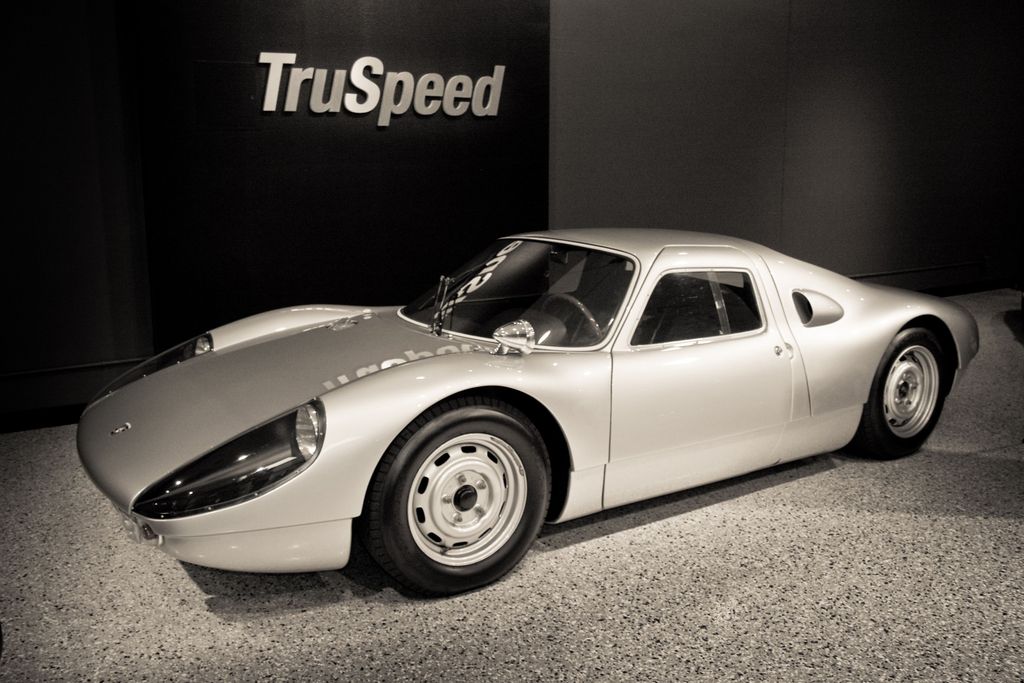
6. **Financial Implications for California State Agencies**Beyond the state’s overall budget constraints, specific warnings regarding the financial implications for various California state agencies directly contributed to the controversial decision to block ‘Leno’s Law.’ State regulators highlighted the potential for significant revenue reductions and increased operational costs if SB 712 were to pass, making these financial considerations a powerful argument against the bill.
Officials expressed concerns that the measure could cost the Bureau of Automotive Repair (BAR), which oversees the state’s smog testing program, and the Department of Motor Vehicles (DMV) ‘hundreds of thousands of dollars each year.’ This projected financial hit would come from a reduction in revenue generated by smog check fees and vehicle license fees that would no longer apply to exempted vehicles. In a state already facing a substantial budget deficit, such a loss of revenue was a critical factor for lawmakers to weigh.
Furthermore, the appropriations committee’s analysis detailed that the California Air Resources Board (CARB) could potentially incur costs of ‘$1.2 million to hire new staff to collect updated data for air quality models and to revise California’s federally required pollution-reduction plans.’ These additional staffing and data collection needs, triggered by a change in emission regulations, presented another substantial financial burden. The cumulative financial impact on these crucial state agencies became a contentious point, underscoring that even seemingly minor exemptions can have far-reaching budgetary consequences, thus contributing to the controversial outcome for classic car owners.
Having explored the intricate battles and legislative mechanisms within California, it becomes clear that the challenge of balancing automotive heritage with environmental sustainability extends far beyond the Golden State’s borders. From federal proposals aiming to reshape national policy to international cities grappling with severe air pollution, the conversation surrounding classic car emissions is a truly global one. These broader controversies highlight similar tensions, but often with unique contexts and even more far-reaching implications for enthusiasts and policymakers alike. Let’s delve into five more controversial regulations and debates that underscore the multifaceted nature of this issue.
Read more about: From Street Takeovers to Uninsured Nightmares: The Wildest Automotive Hits You Won’t Believe
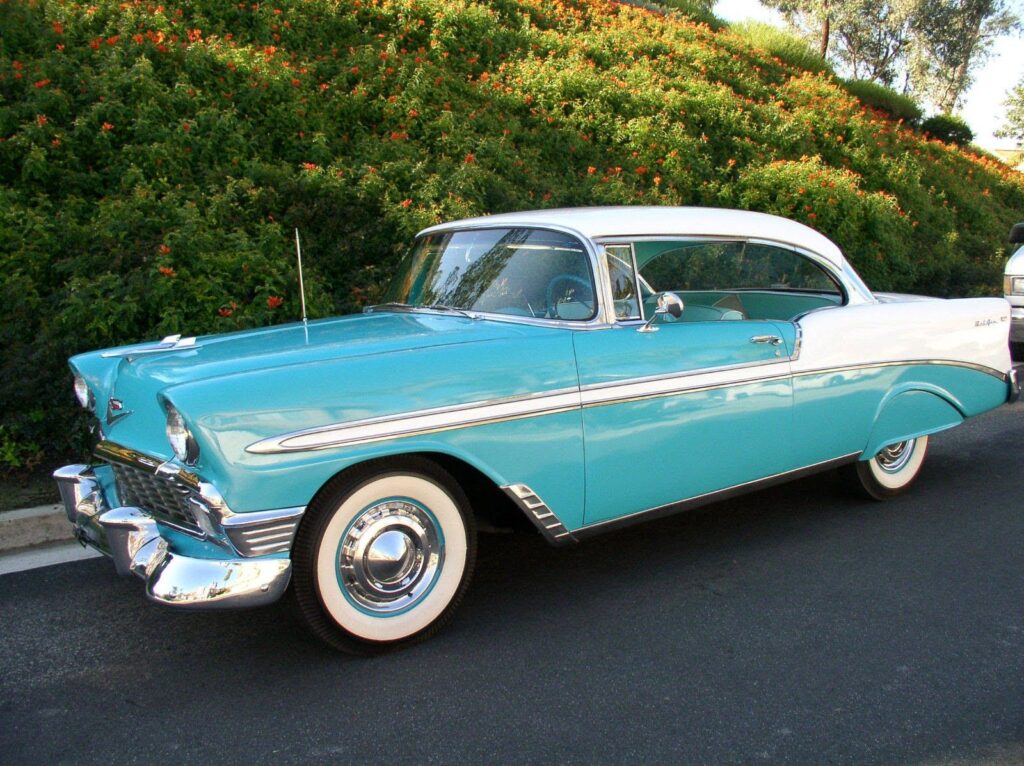
7. **The Federal “Fuel Emissions Freedom Act” (H.R. 4117)**While California often leads the charge in environmental legislation, federal proposals can wield even more sweeping influence, potentially overriding state-specific regulations. One such proposal that has captured the attention of classic car owners nationwide is H.R. 4117, dramatically dubbed the “Fuel Emissions Freedom Act.” Introduced federally, this legislation represents a significant potential shift in the regulatory landscape for vehicle emissions across the United States.
At its core, H.R. 4117 aims to amend the Clean Air Act, a foundational piece of environmental legislation in the U.S. Its explicit purpose is to “repeal the establishment of motor vehicle emission and fuel standards, and for other purposes.” This means the bill seeks to eliminate both federal and state authority to mandate emissions and fuel economy standards, which would fundamentally alter how vehicles, including classics, are regulated on an environmental front.
Should this act pass, its impact would be nothing short of revolutionary, particularly for states like California. The bill’s passage could effectively nullify California’s rigorous smog rules entirely, thereby removing the biennial smog check requirements that have been a contentious point for classic car owners for decades. Such a change would instantaneously alleviate many of the burdens discussed in the previous section, offering a nationwide exemption from emission standards that state-level efforts like “Leno’s Law” could not achieve.
The controversial nature of H.R. 4117 cannot be overstated. While hailed by proponents as a move towards greater freedom for vehicle owners and a potential boon for the automotive industry, environmental advocates would undoubtedly view it as a drastic rollback of critical clean air protections. This federal wild card introduces a layer of unpredictability and illustrates the ongoing political friction between economic interests, individual liberties, and the imperative of environmental protection, potentially reshaping the future of classic car ownership across the entire nation.
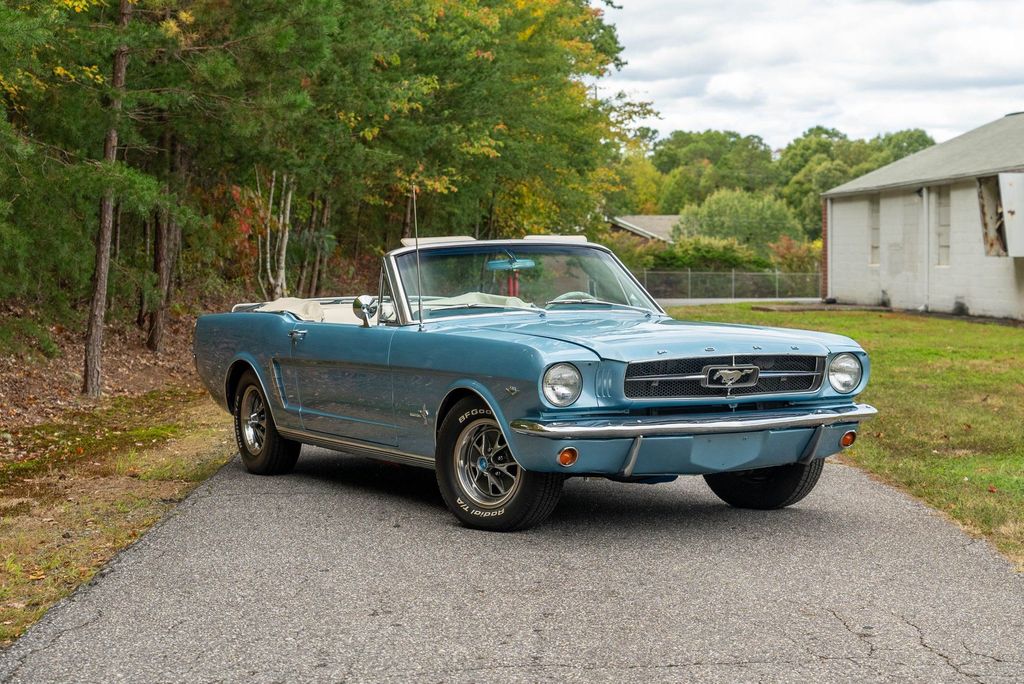
8. **International Bans on Older Vehicles: The Delhi Case Study**The debate over older vehicles and emissions is not confined to North America; it’s a pressing concern in cities worldwide grappling with severe air pollution. Delhi, India’s capital, provides a compelling and often controversial case study of an international jurisdiction implementing stringent bans on older vehicles in an attempt to combat a critical environmental threat. The city has consistently ranked among the world’s most polluted, with vehicle emissions identified as a major contributor to its toxic air quality.
In response to this crisis, India’s Supreme Court, following earlier suggestions by the National Green Tribunal (NGT), issued a landmark order in 2018. This directive strictly prohibited the use of diesel vehicles more than 10 years old and petrol vehicles more than 15 years old within the National Capital Region (NCR). The ban was seen as an unavoidable measure to reduce particulate matter and other noxious pollutants, which are often emitted at higher levels by aging engines lacking modern emission control technologies.
However, the implementation of this ban quickly became a source of significant controversy and public distress. Reports emerged of “blanket action” leading to vehicles being impounded or owners being fined, even if their cars were merely parked in residential areas or used very rarely. This overzealous enforcement caused confusion and panic, with the rule—intended to limit *plying* on roads—being incorrectly interpreted by some authorities as a ban on *ownership*, affecting vintage and private use cars unfairly.
Recognizing the unintended consequences and the “harassment of car owners,” the Supreme Court intervened again in August 2025 with a crucial clarification. The court stated there should be “no blanket sanctioning measure to penalize the owners of 10-15-year-old cars,” emphasizing that merely owning an old vehicle is not an infringement. While the ban on plying these vehicles on Delhi-NCR roads remains firmly in place, enforcement must be “rational and not arbitrary,” ensuring that citizens are not unduly harassed. This ruling offers a nuanced approach, balancing the urgent need for pollution control with the constitutional rights of citizens and the preservation of automotive heritage, providing clarity and reprieve for countless owners.
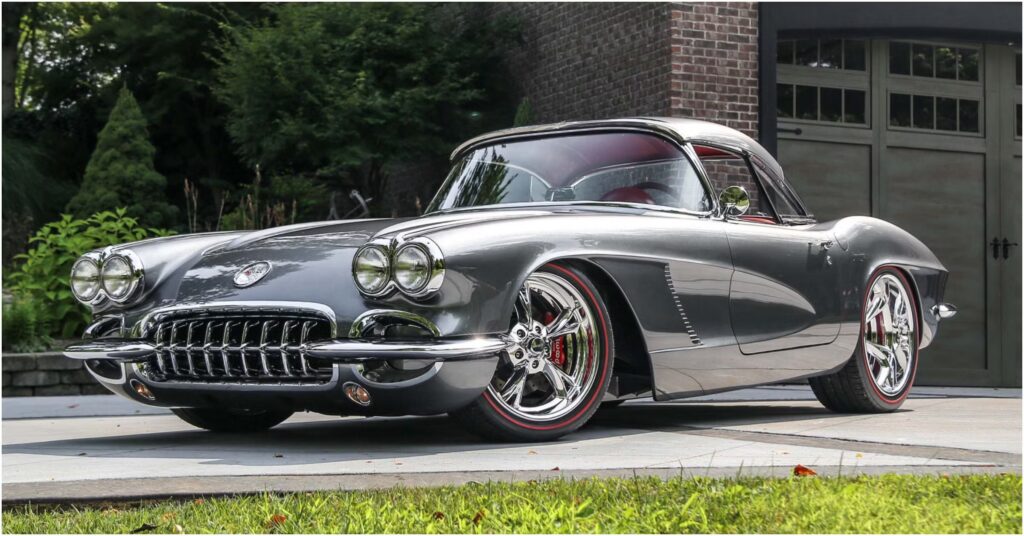
9. **The Broader Debate: Economic Impact vs. Environmental Costs**The struggle to implement or block emissions regulations for classic cars often boils down to a contentious economic debate: the financial impact on owners and the industry versus the broader environmental and public health costs. This isn’t just about individual car owners; it encompasses entire ecosystems of small businesses, restoration shops, parts manufacturers, and event organizers who rely on the classic car community.
For individual classic car owners, the economic burden of stringent emissions testing and compliance can be substantial. Jay Leno famously noted that smogging an older car is not only “tricky” but “takes time and often causes charges four, five, six times more than a regular car.” This disparity in cost, coupled with the difficulty of finding specialized shops and the potential for damage or inauthentic modifications, can make classic car ownership prohibitive, particularly for enthusiasts without deep pockets.
Furthermore, state and federal agencies face their own significant financial implications when considering new regulations or exemptions. As seen in California, implementing a new exemption system for classic cars could require substantial IT changes and staff training for the DMV, which officials warned couldn’t be absorbed without “major funding.” Similarly, the California Air Resources Board (CARB) projected costs of “$1.2 million to hire new staff to collect updated data for air quality models and to revise California’s federally required pollution-reduction plans” if changes were made.
Conversely, environmental organizations and public health advocates highlight the immense economic cost of *inaction*. Air pollution leads to increased healthcare expenditures, lost productivity, and diminished quality of life. The argument is that while classic cars may represent a small fraction of overall emissions, their contribution to localized pollution, especially in urban areas or during large events, still carries a public cost. This complex interplay of immediate financial outlays versus long-term societal and environmental costs creates an enduring point of contention, with each side presenting valid, yet often conflicting, economic arguments.
Read more about: Why American Pickup Trucks Became Colossal: Unpacking the Complex Web of Regulations, Culture, and Market Forces

10. **Preserving Automotive Heritage: Cultural Value vs. Modern Mandates**Beyond the economic and environmental calculus, a profound and often emotional debate surrounds the intrinsic value of classic cars as artifacts of cultural heritage. For many, these vehicles are not merely modes of transport; they are “rolling pieces of history,” representing generations of craftsmanship, cultural identity, and community pride. The idea of modifying them to meet modern emission standards is often seen as a compromise to their authenticity and historical integrity.
Proponents of classic car exemptions frequently emphasize the “cultural, historical, and educational value” of these machines. They are tangible links to the past, showcasing the evolution of automotive design, engineering, and technology. Preserving them in their original condition allows enthusiasts and future generations to appreciate the ingenuity of earlier eras, making them a vital part of our collective heritage. Forcing modifications, it’s argued, could strip them of their original character and dilute their historical significance.
This perspective often highlights the unique position of classic cars as objects of art and engineering, akin to historical buildings or antique furniture, which are preserved rather than updated to modern standards. The passionate communities built around classic car clubs, from “lowriders, to hot rods and every American classic in between,” underscore the deep personal and communal connections tied to these vehicles. They tell a story, reflecting societal trends, technological advancements, and the spirit of their time.
However, this cultural reverence often clashes with the imperative of modern environmental mandates. Opponents argue that while heritage is important, it cannot entirely supersede public health and environmental protection. They contend that even classic cars, with their higher emissions of carbon monoxide, hydrocarbons, and nitrogen oxides, contribute to air quality issues. The challenge lies in finding a path that honors this rich automotive legacy without undermining broader sustainability goals, creating a deeply philosophical and passionate divide.
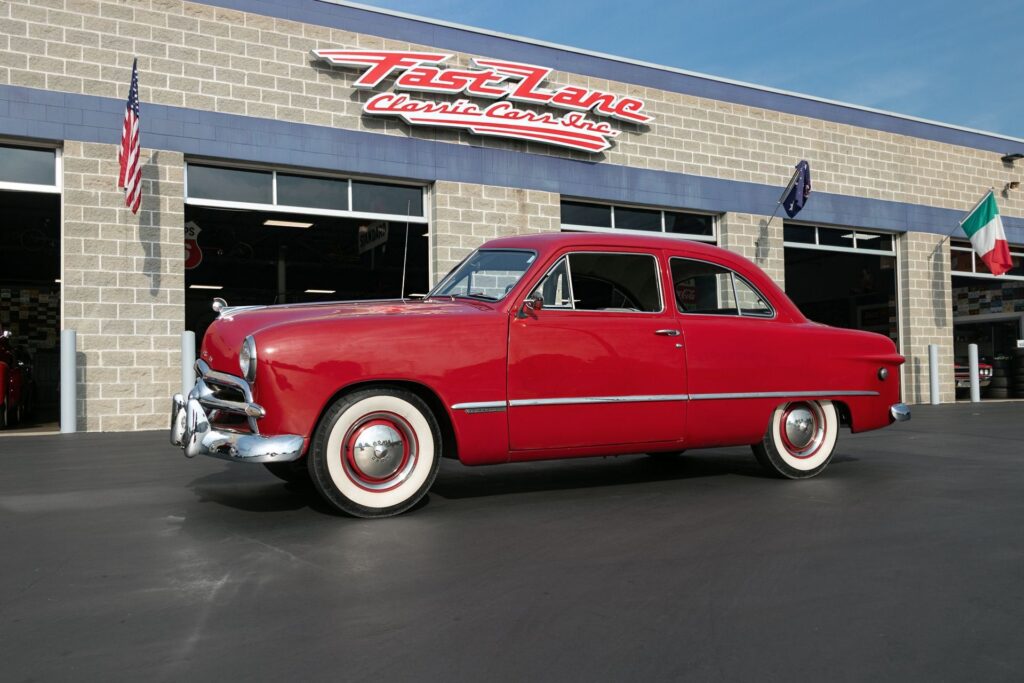
11. **The Role of Retrofitting and Innovation in Emissions Reduction**Amidst the controversies and clashes, a promising avenue for reconciling classic car preservation with environmental responsibility lies in the realm of retrofitting technologies and automotive innovation. This approach seeks to bridge the gap between maintaining the authenticity and cultural value of older vehicles and enabling them to contribute to a cleaner environment, offering a potential pathway forward that satisfies multiple stakeholders.
Modern advancements have made it possible to equip classic cars with sophisticated emission control systems through retrofitting, often designed to be “minimally invasive.” These kits can integrate catalytic converters, advanced fuel injection systems, or even electric powertrains, significantly reducing harmful emissions without necessarily compromising the vehicle’s historical aesthetic or structural integrity. While these modifications may require an investment, they present a viable solution for owners committed to both their passion and environmental stewardship.
Furthermore, some jurisdictions are beginning to explore incentives and grants to support the retrofitting of classic cars, making the process more accessible and affordable for a wider range of enthusiasts. Such programs could encourage adoption, transforming a controversial requirement into an opportunity for sustainable classic car ownership. This proactive approach helps to alleviate the financial burdens on owners while directly addressing environmental concerns.
Critically, enforcing emission standards for classic cars can also act as a powerful catalyst for innovation within the automotive restoration industry. Companies specializing in classic car restoration may develop new techniques and technologies to meet evolving emission requirements while preserving the authenticity of vintage vehicles. This fosters a thriving market for eco-friendly restoration services and parts, benefiting both the environment through reduced pollution and the economy through new business opportunities and specialized skills. Ultimately, embracing innovation in retrofitting could unlock a future where classic cars continue to be cherished and driven, seamlessly integrating into a greener automotive landscape.
Read more about: The Definitive Consumer Report: Unmasking the Vehicles and Manufacturers Plagued by the Most Recalls in Automotive History
Navigating the complex world of emissions laws for classic cars is clearly a journey fraught with challenges, passions, and deeply held beliefs. From the legislative battlegrounds of California to federal policy proposals and international urban bans, the debate transcends simple regulations to touch upon economic realities, cultural heritage, and the very future of environmental responsibility. While no easy answers exist, the ongoing dialogue, the pursuit of innovative solutions like retrofitting, and a balanced understanding of all perspectives offer the best hope for preserving our cherished automotive history in an increasingly conscious world. The roar of a classic engine can, and perhaps must, evolve to harmonize with the whisper of cleaner air.



